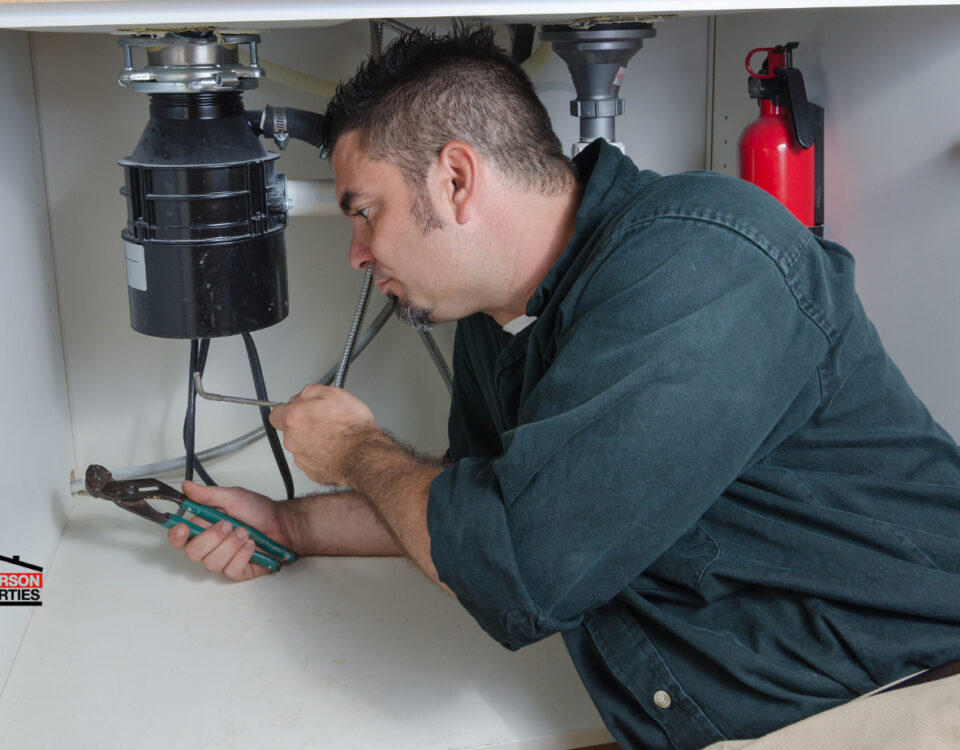- Walk-in Traffic is by Appointment Only - More Details
Carbon Monoxide: What Homeowners Need To Know

Everything You Need To Know About Buying International Real Estate
November 1, 2019
6 Home Improvement Projects To Do Before Christmas
November 8, 2019Carbon monoxide, or CO, is a poisonous gas that can be particularly dangerous because it is colorless and odorless. Headache, nausea, dizziness and even permanent brain damage or death can occur. Hundreds of people die each year from accidental CO poisoning, many of them while using portable generators during severe weather.
A byproduct of burning fuels such as gasoline, propane, kerosene, natural gas, oil, wood or coal, carbon monoxide is emitted from internal combustion made by engines, like those that power lawn mowers, portable generators, cars, power washers and many household appliances such as furnaces, ranges, fireplaces, water heaters and room heaters. To prevent CO poisoning in your home, be sure to take the following precautions:
- Educate your family about the causes of CO poisoning and how to prevent exposure to this deadly gas.
- Do not use portable generators indoors, including in garages, carports, storage sheds and the like, even with doors and windows open. CO can quickly build to lethal levels in even partially enclosed spaces.
- Do not place pressure washer engines indoors, and, when using pressure washers outdoors, keep engines away from open windows, doors or vents during use, as CO can seep inside through the openings.
- Hire qualified professionals to install new furnaces and appliances and to inspect and service your HVAC system, chimneys, and flues.
- Never service fuel-burning appliances without proper knowledge, skills, and tools. Always refer to the owners’ manual when performing minor adjustments or performing maintenance on fuel-burning equipment.
- Never use portable fuel-burning camping equipment or burn charcoal indoors.
- Never leave a car running in a garage, even with the garage door open.
- Never use your gas oven or clothes dryer to heat your home.
- Never operate unvented fuel-burning appliances in any room where people are sleeping.
- Do not cover the bottom of natural gas or propane ovens with aluminum foil. Doing so blocks the airflow through the appliance and can produce CO.
- Install CO detectors throughout your home, especially in hallways near sleeping areas, and follow the manufacturers’ instructions for testing and replacing. Keep detectors unobstructed by furniture or draperies.
For additional details about how to prevent CO poisoning, visit the website for the National Institute for Occupational Safety and Health of the Centers for Disease Control.




